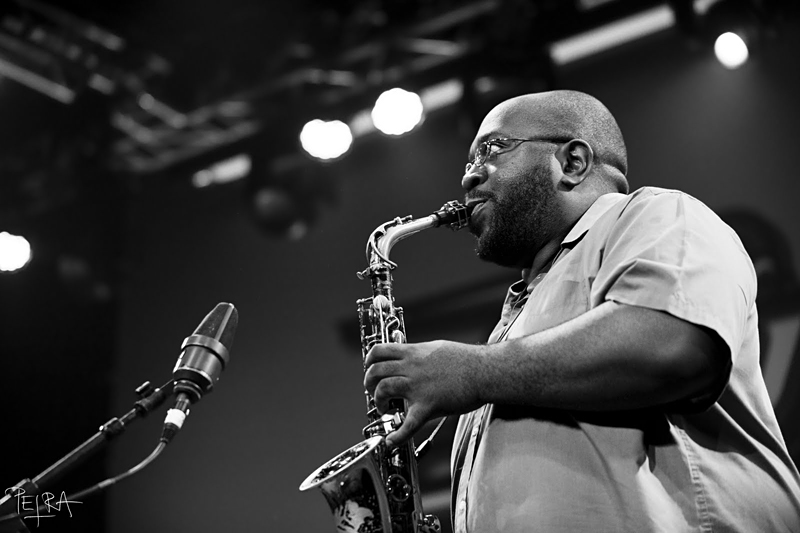When real estate investor Fred Weiss and some partners purchased the Joseph Vance building at Third and Union in the late ’80s, the avenue was in sorry shape. Years of massive construction to build the Metro bus tunnel had killed off many of the street-level shops.
In the years since, Third Avenue has slowly begun to recover. Weiss’s tenants, in addition to a Bartell Drug and Byrnie Utz’s 55-year-old Stetson hat store, now include a thriving little gelato place called Gelatiamo that any connoisseur will tell you is the city’s best.
But now, less than a decade after the tunnel opened, it is slated to be closed again for two years—this time to make way for the new light rail system from Sound Transit. Once construction is over and the tunnel reopens, it will be for rail only, and Third Avenue will be flooded again with buses.
“That’s going to make it worse than it was before,” Weiss complains. “And for what?”
Many other downtown business owners are asking themselves the same question. “We’re willing to put up with the congestion during the construction period,” says Jim Young, the CEO of Seattle Steam, the downtown energy supplier. “The problem is, after this is all done, congestion is worse, not better.”
Sound Transit’s light rail plan has come under fire from community groups along seemingly every mile of the proposed route, from Sea-Tac to the University District. Every neighborhood, it seems, has its own agenda, which may or may not comport with the demands of engineering.
But now that Sound Transit is catching hell from downtown Seattle’s powerful commercial interests—who were supposed to be one of the plan’s biggest beneficiaries—the stakes may have been raised considerably.
“If I had to bet, I’d bet on [light rail] going forward,” says King County Council member Rob McKenna, a member of the Sound Transit board of directors. “But whereas I would have said the odds were 100 percent, now I’d guess it’s less than that.”
Late last month, the Downtown Seattle Association (or DSA) sent a letter to the Seattle City Council asking it to “delay any decision that would move the Sound Transit project forward,” and asking that the Sound Transit board be required to “review and revise” the light rail plan.
In an interview, DSA director Kate Joncas says she wants Sound Transit to examine “all options”—including the possibility of dropping light rail entirely. “I don’t want to just tinker around the edges,” she says. “If your biggest employment center is not better off, then you’re probably not getting much benefit. We may be coming up to some difficult choices as a region.”
Sound Transit officials believe that the highly vocal griping about light rail does not accurately reflect the sentiments of most people. “What we’ve heard from the community—broadly—is there is a tremendous amount of support for this project in the neighborhoods that it’s going to serve,” says executive director Bob White. “The support isn’t the most visible or loudest.”
Sound Transit officials contend that light rail will increase the overall “access” to downtown, since its trains can carry more passengers than the tunnel buses, and will run more often and more reliably.
But DSA director Joncas notes that even after the $1.8 billion light rail system is in place, most downtown transit riders will still be on buses, and “most will experience greater travel time and less reliability,” due to the increased traffic and the loss of the buses’ special freeway ramps.
Air quality may suffer as well, as some 200 or more Metro buses that were previously running underground everyday under electric power are brought back up to the street, exhaling diesel fumes.
Sound Transit officials insist that they can take care of the problem. Light rail director Paul Bay says that by doing a “major bus restructuring,” the number of buses on downtown streets can be reduced to no more than what’s there today. In response to the DSA’s concerns, Sound Transit plans to evaluate ways of getting Metro buses to drop their passengers off at light rail stations in the neighborhoods, rather than driving all the way into downtown.
Bay acknowledges this would present some trade- offs. Passengers might not like the inconvenience of a transfer. But Sound Transit is hoping that light rail will be fast and efficient enough to make the transfer worthwhile. Matt Shelden of King County Metro notes that this plan would also require bigger station facilities outside of downtown, and “we don’t know if the communities will accept that.”
Ironically enough, many officials contend that the only way to really solve the congestion problems associated with light rail is to build more light rail.
Back in 1995, voters turned down a $4.6 billion light rail system that would have stretched from Everett to the Eastside. Only when a significantly scaled-back proposal was offered the following year did the voters approve.
Then and now, Sound Transit has described the Sea-Tac-to-University route as a “starter” system, but one that could stand on its own if voters so chose. That idea seems to be losing currency, however. Mayor Schell’s transit chief, Jared Smith, puts it this way: “The ultimate solution is to get back as soon as possible to the original plan.”
Most specifically, Schell and other officials want to scrounge up the $370 million necessary to get to Northgate—a key destination, since it would replace dozens of bus routes, and might also attract more drivers from points north onto the train.
The DSA agrees that Northgate would be a positive addition, but notes in its letter that such a project is “a decade or two away with very uncertain voter support and federal funding.” Even getting enough money to complete the current plan remains a challenge: King County Executive Ron Sims, for one, recently said that he believes Sound Transit’s expectation of $70 to $100 million a year in federal support “is not realistic.”
And the history of recent public projects—including ones that did not involve tunneling into Capitol Hill—suggests that cost overruns on the $1.8 billion “starter system” are simply inevitable.
The increasing anxiety over the light rail system is no surprise to a small circle of transportation specialists who have long questioned the wisdom of the project. They have argued that what the region needs is not more transit seats or a billion-dollar tunnel, but more transit riders for the system we already have.
Metro’s own figures show that buses leaving downtown Seattle in the afternoon rush hours are, on average, a little over half-full. And the bus tunnel is being used by only about one-third the number of passengers it could handle.
“The huge capacity on all those buses is sitting there waiting, not for more capacity, but for strategies that put people on those buses,” says Dick Nelson, a former state legislator from Seattle, who helped Sound Transit get funded back in 1990 but has since lost faith. Those strategies—such as the University of Washington’s discounted U-Pass program, which is highly successful but not widely replicated—”are sitting on the shelf, gathering dust, and have been for years,” says Nelson. “At the same time, we’re throwing money down a subway hole.”
But Sound Transit officials argue that the increasing congestion in the region makes it necessary to give transit riders a thruway of their own, and they say that even maxing out use of the bus tunnel would not provide enough transit to accommodate the expected growth in Seattle. “I don’t believe there’s going to be another I-5,” says director Bob White, “but we’re building one in terms of people-moving capacity.”
DSA’s Kate Joncas acknowledges that transit planners did years of study before deciding on rail. “It may be we’ll just go over the same ground again and come to the same conclusion. But we need to figure out the most cost-effective use of those dollars.”
White recently called on his board and staff to put off any major decisions about the light rail plan for two months, while they review a 30-page document that outlines various choices for stations and route, with their associated costs. “I’m suggesting we give people time to digest these ideas and make decisions in the fall,” White says. (Dropping rail is not among the listed options.)
Jim Young, the CEO of Seattle Steam, says, “We’ve come to this point where [we have to say:] ‘Wait a minute. Are we sure we want to do this?’ This is a hundred-year decision. This is not a new transit route.”
But Sound Transit communications manager Denny Fleenor chuckles at the notion of yet another pause for reflection on rail: “I think we first paused back in 1967,” he says.







